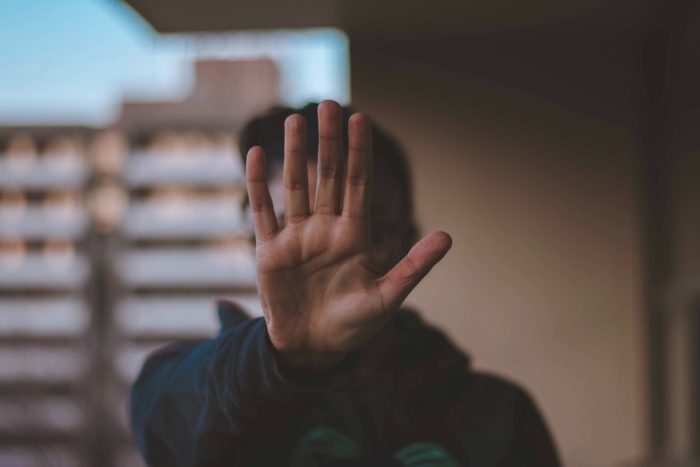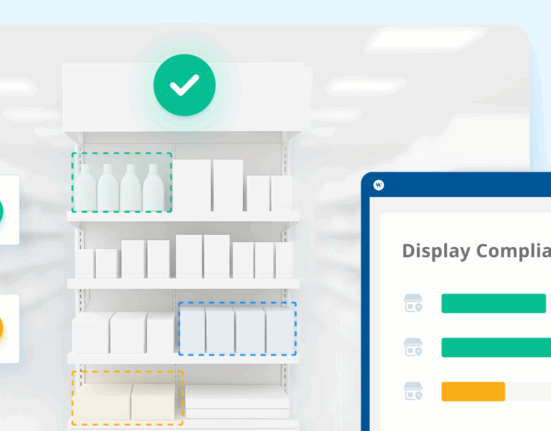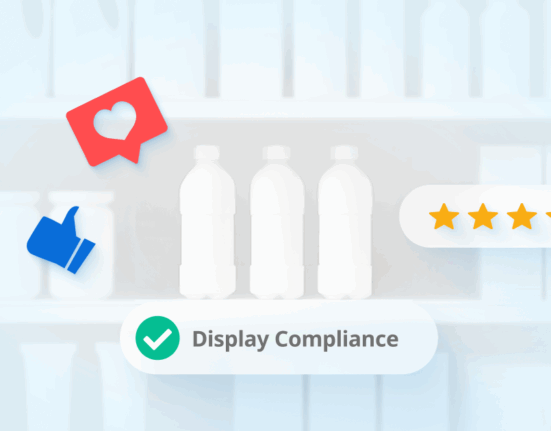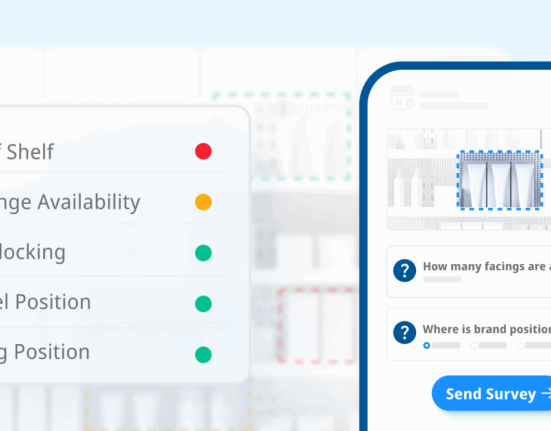Amazon, Walmart, and other online marketplaces are a competitive hotbed of brands and resellers. It doesn’t take much to create a seller profile and start listing products online. The challenge for brands is managing those sellers—and preventing any unauthorized sellers from causing problems.
At first glance, you might think that your product being sold on more sites means more sales for you.
That is, until you come across an unknown seller who isn’t following your MAP policies. Or worse, is selling a product under your name, that isn’t part of your network at all.
Identifying these unauthorized sales and stopping them is essential if you want to stay in control of your brand’s image and authenticity.

What is Unauthorized Selling?
Most brands painstakingly create a merchandising strategy to ensure that their products are being consistently represented to customers across different retailers. When a person or company sells your brand without a formal relationship with your business, then they are considered an unauthorized seller. There are multiple ways an unauthorized seller may be doing this.
Broken MAP Policy
One common scenario is a seller listing your products well below your MAP. If you monitor marketplaces for MAP violators, this seller will appear in your list of sellers and stand out due to the MAP violation and the unknown company name. At this time, you have several options that highlight how difficult it can be to enforce MAP violations from unknown sellers.
Selling on Restricted Sites
Some brands do not sell their products on sites like Amazon or eBay in order to better control their brand image, reduce subscription costs, or to make it easier to identify unauthorized sellers. If your brand doesn’t use specific sites and your products are still being sold there, then there is clearly a violation taking place.
Counterfeit Products
This type of reselling can be particularly harmful to your brand because the products being sold aren’t actually yours but will still reflect badly on your brand’s name. Unauthorized sellers will obtain or create knockoff versions of your merchandise and use the good reputation of your name to sell them.
These items are often low-quality and result in negative responses from customers.
Why It’s Hard to Identify Unauthorized Sellers
It’s relatively easy to spot unauthorized sellers. Getting them to stop, though, is an entirely different challenge.
You can:
- Manually track down the seller, perhaps buying from them to get an address. However, many unauthorized sellers use P.O. Boxes.
- Research the seller online, but there’s a good chance they don’t publicize accurate addresses and contact information.
- Enlist a third-party provider to help with online enforcement and policing.
- Do nothing and let unauthorized sellers continue to operate.
The bottom line is that some unauthorized sellers hide their identities, use false or inaccurate information to register, or continually change their names to remain in business.
![]()
Where Does Unauthorized Selling Usually Take Place?
As previously mentioned, online retail sites that allow any user to make a profile and sell are good places to monitor, such as Amazon or eBay. But there are other places that could be hotspots for unauthorized selling.
Retailer Websites
Unauthorized sellers aren’t always boogey-men operating behind secrecy, they could simply be reputable companies that don’t work with you yet. Your brand likely has a variety of authorized sellers across a wide array of retail sites, and it’s inevitable that they’re not representing your brand properly—either in terms of pricing or merchandising.
If your potential customers find your items cheaper online, for example, they are more likely to purchase from that site, and cost you profits.
Gray Market Websites
The gray market, much like the black market, is not an actual physical place. If items are being sold on the gray market, that means the unauthorized reseller has obtained your merchandise through unauthorized means, like stolen goods.
These sellers may look legitimate to customers, but because they are unknown to you, they are not being held accountable to your policies.

What You Can Do to Stop Unauthorized Sellers
As noted above, you have many options to address unauthorized sellers. However, few will work if you cannot get in contact with the seller in question.
One option is to go through the marketplace. Amazon has a few services that can benefit brands in these instances. One is the Amazon Brand Registry, which allows you to register your brand as the owner of your products and services. When confronted with an unauthorized seller, you can report them to Amazon and, as a registered brand, can clearly prove that the other party is not authorized to sell on the marketplace.
You can only enforce when you know who to contact.
You can send a cease-and-desist letter to the unauthorized seller’s address and hope that it is accurate. Perhaps the seller is legitimate and is simply violating MAP. There’s always a chance that the company is not concealing its identity online.
Or, you can leverage a solution such as Wiser’s Brand Intelligence. Wiser’s suite of brand protection tools can help you create your MAP policies, streamline relationships with trusted resellers, and gather intelligence on those pesky unauthorized sellers. Best case, you can convert unauthorized sellers into valuable partners, or stop bad actors from damaging your reputation and sales when you need to.
This solution is particularly valuable for any brand currently monitoring their MAP policies, as this step is a crucial part of enforcing MAP and online brand compliance. You can only enforce when you know who to contact, and an unauthorized seller investigation can allow you to act on your compliance data.
Editor’s Note: Contributing writer is Alexandria Flores. This post was originally published in October 2018 and has since been updated and refreshed for readability and accuracy.









